You can spend a lot of time, energy, and money to keep your property looking sharp, but overlooking asphalt maintenance can be a costly and stressful mistake. From large-scale parking lots to residential driveways, all asphalt requires basic maintenance and repair to keep the paved area safe, usable, attractive, and to prevent more costly issues in the future.
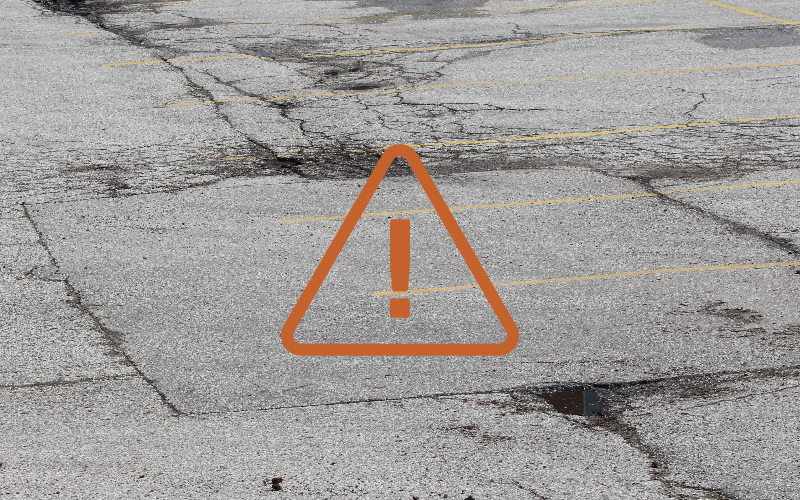
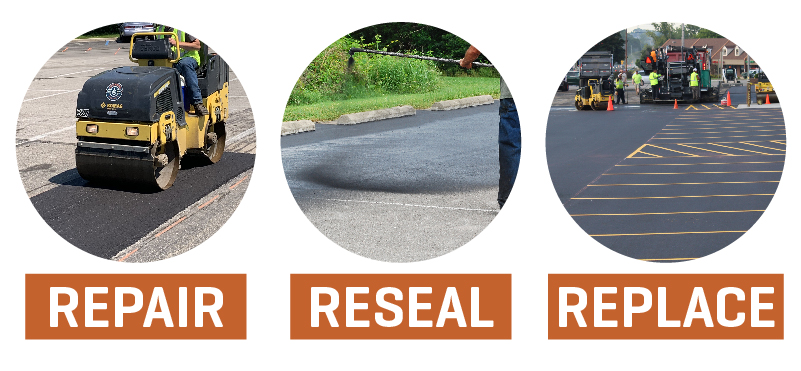
But How Do I Know If My Asphalt Needs Work?
Luckily, there are some pretty obvious warning signs you can look out for to help catch small problems before they become big (and expensive) issues. Our paving experts got together and came up with an easy-to-follow list of eight warning signs that your asphalt pavement might need some work.
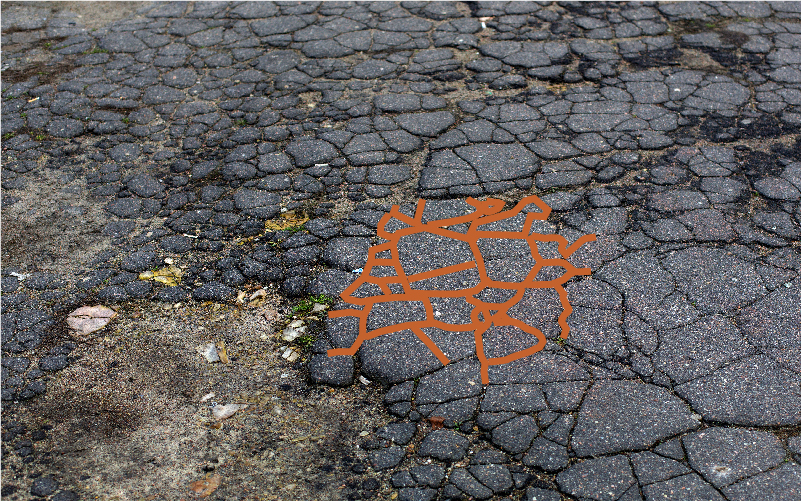
01 | Fatigue Cracking
Also known as “alligator cracking” looks like a series of shallow surface cracks that span a larger area. These shallow cracks create patterns that look a lot like alligator skin. This poses a danger to pedestrians and drivers alike by creating uneven surfaces with limited skid resistance.
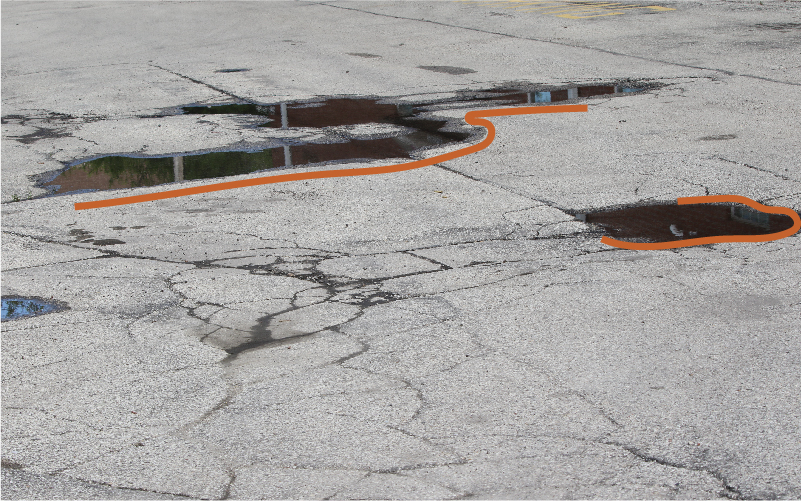
02 | Standing Water
If pools of water form after a rainstorm or snow melt, it not only indicates a worn surface, damaged drain, or poorly placed down spouts, it can also seep between the pavement layers damaging the binding agents. If you notice pooling water around drains, near curbs, on the surface of the pavement, or near structures, contact a professional for review. Based on the extent of the damage, this may be easily repaired or may need to be replaced.
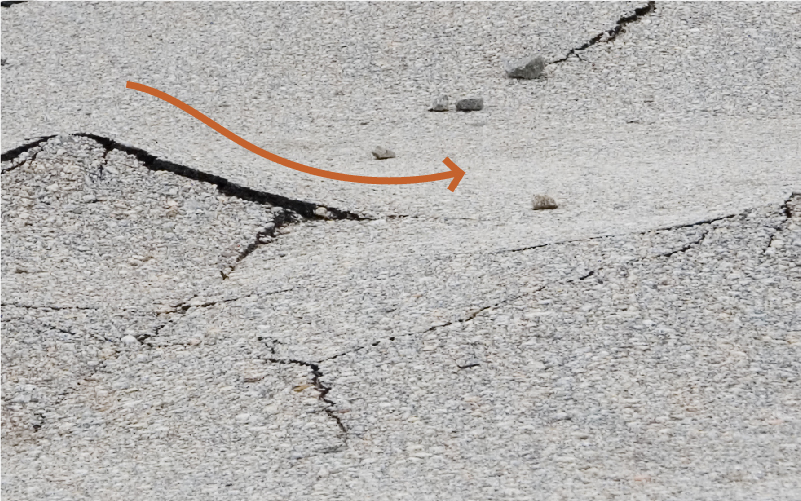
03 | Warping or Buckling
Asphalt pavements should be level with even surfacing. If you notice ripples or waves in your asphalt, it was likely caused by heavy traffic and use or a compromised base. Depending on how much surface area is affected, this may be corrected with basic repairs.
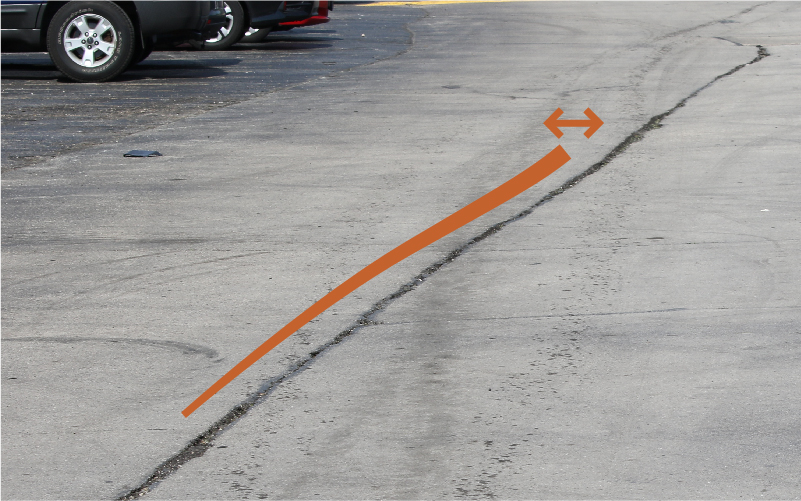
04 | Widening Cracks
Asphalt paving is susceptible to cracking as time goes on. If you notice any cracks over a ¼ inch, it’s important to call professional asphalt pavers right away to patch the area and sealcoat it before the cracks get any larger.
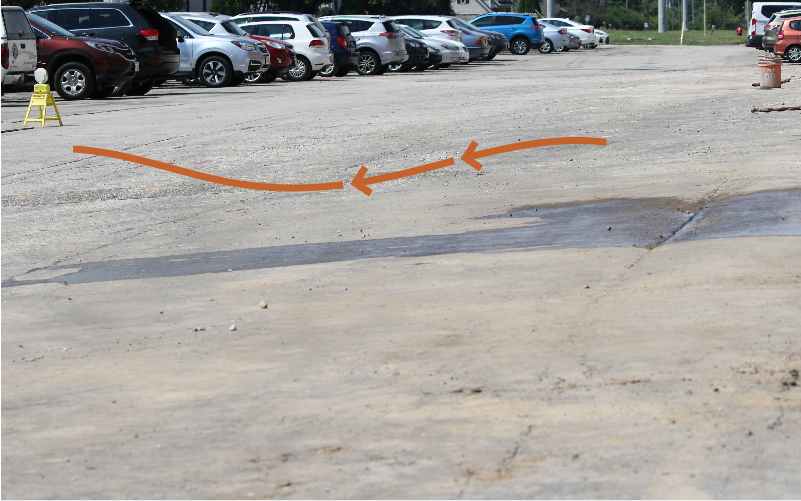
05 | Sinking Pavement
Over time, asphalt can become susceptible to erosion from harsh environmental elements, poor drainage, or excessive use. Try to get level with the pavement and look for any dips in the surface. Depending on the size and depth of the depressed area, a crew may be able to repair this issue without requiring a full on replacement.
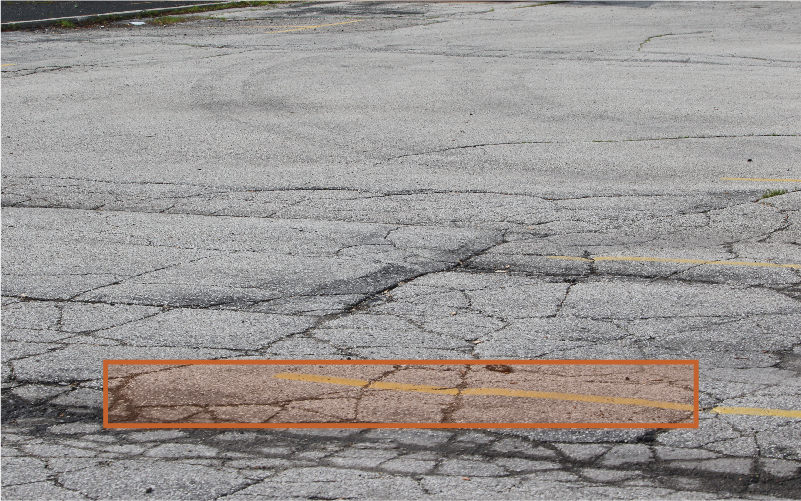
06 | Faded Asphalt Color
Traditionally, asphalt is a deep black. As it ages, the color can fade, but it’s important to pay attention to how faded the pavement has become. A lighter color gray is a key indicator that the asphalt has become brittle and is susceptible to damage. Our sealcoat crew can bring your pavement back to life.
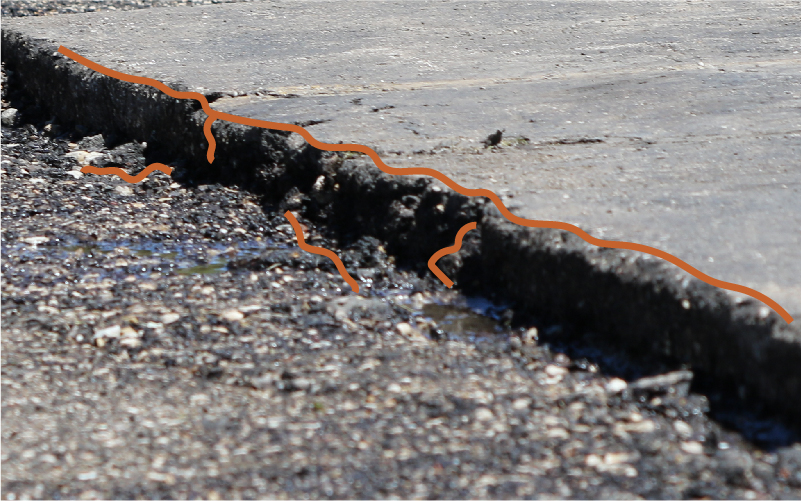
07 | Crumbling Edges
If your asphalt pavement is not finished with a concrete curb or sidewalk, the edges are more open to the elements and traffic damage. We recommend walking the entire border of your asphalt pavement while looking for deterioration along the edges. This may look like smaller debris or larger cracks. These pieces can break off and become a danger to pedestrians and vehicles alike.

08 | Major Chemical Spills or Stains
Chemicals from regular vehicles, fleet vehicles, and large commercial machines can erode binding agents if left unaddressed. If you are unable to clean these spills quickly, it may lead to advanced erosion and damage. If you begin to notice cracks, sinking asphalt, or erosion around spill areas, you may need a patch to have the area resealed.
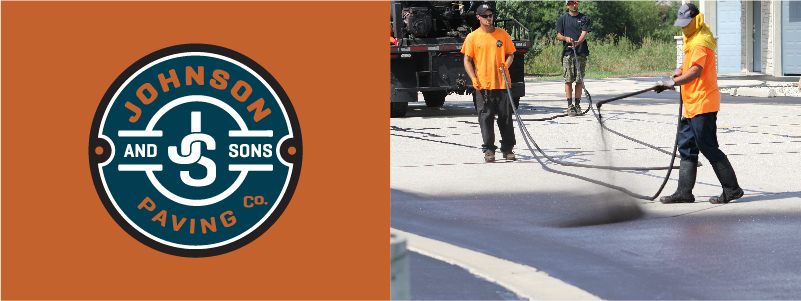
Honest and Trustworthy Advice
There’s no doubt that asphalt pavements are a major investment. We encourage you to keep a close eye on the condition of your parking lots, driveways, and other asphalt paved areas so you can address small problems before they become costly issues.
The team here at Johnson & Sons Paving believes in fair and honest quoting. We’ll walk the property with you, discuss what you’ve observed, and come up with a solution that meets your needs. If you’ve noticed any of the signs we reviewed above, call us today at (262) 251-5585 for a free estimate!
For more information on our quoting process, check out our helpful article, From Quote to Complete in Five Easy Steps.
